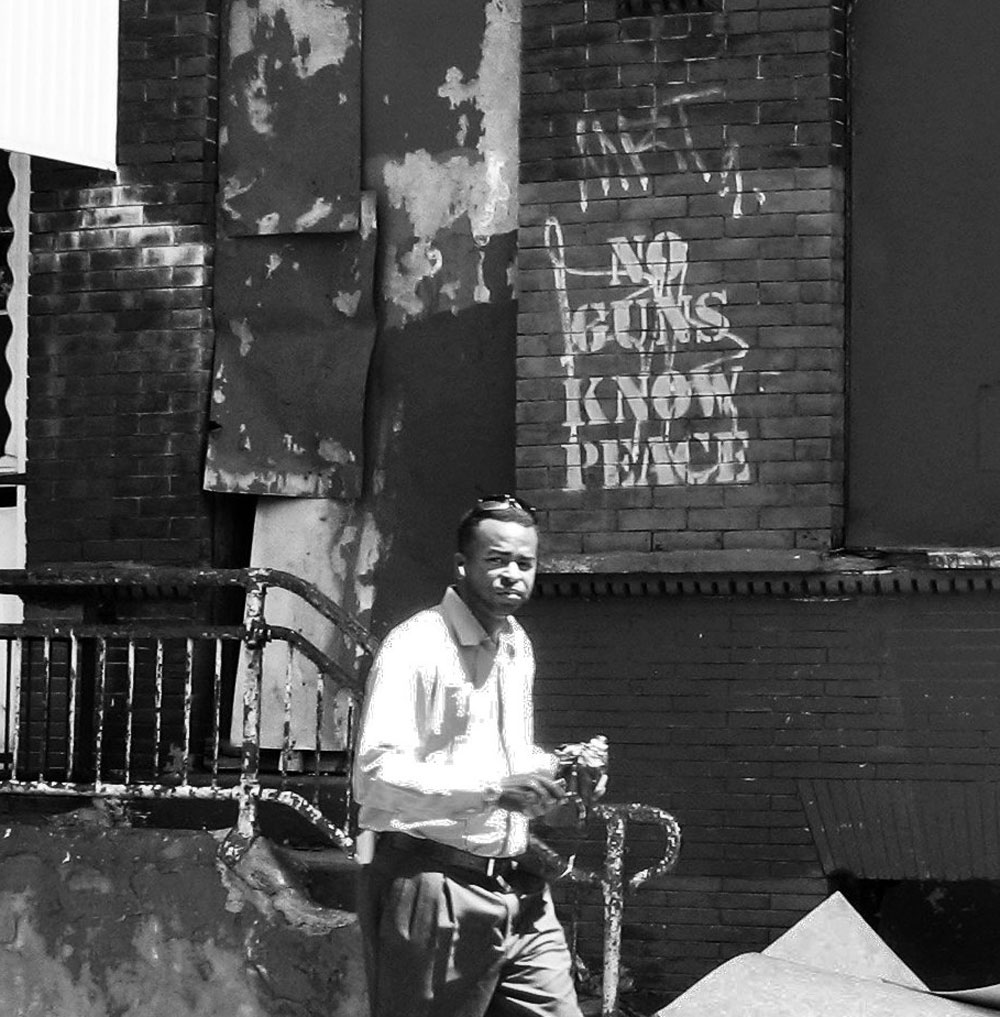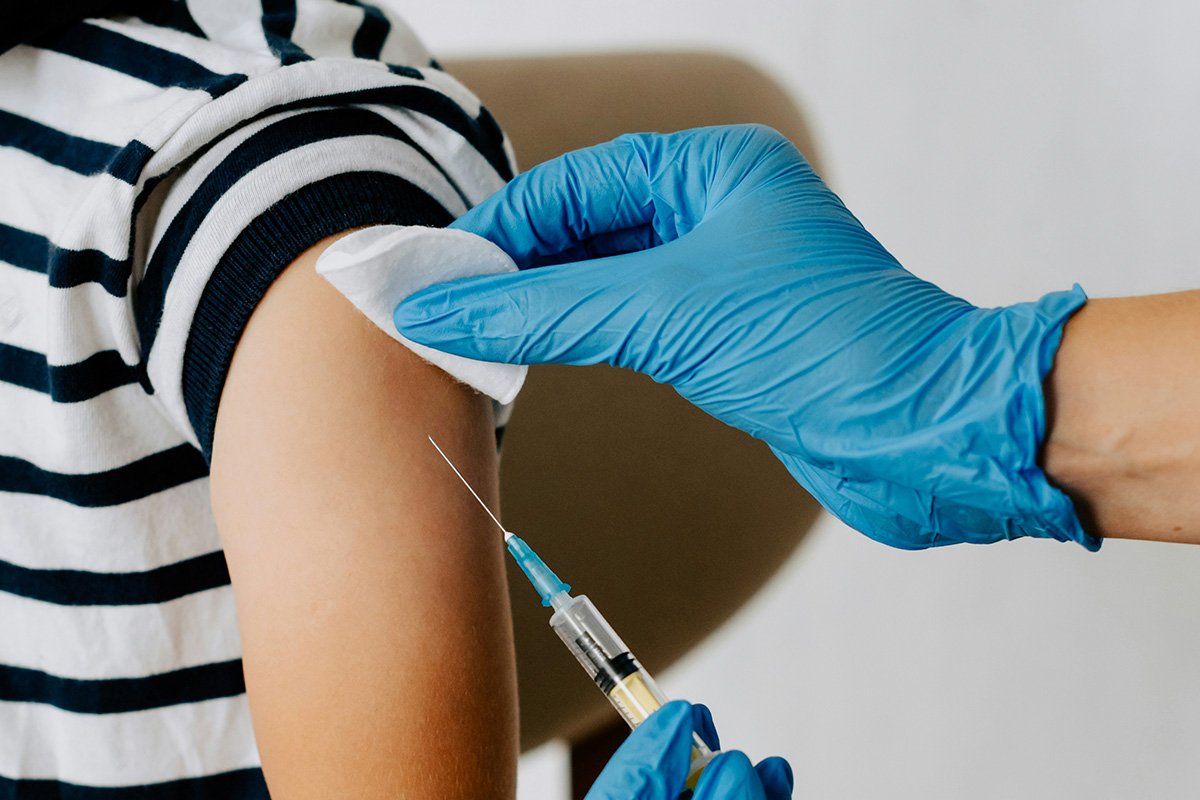
August 20, 2020; Philadelphia Inquirer, “Opinion”
In a Philadelphia Inquirer op-ed, Dr. Corbin Pomeranz, a fourth-year resident radiologist at Thomas Jefferson University Hospital, reflects on rising homicide rates. Nationwide, crime rates appear to be decreasing overall amid COVID-19 lockdowns.
But Philadelphia has seen homicides rise in 2020. Among major cities, Philadelphia ranks second in the national homicide rate, just behind Chicago. Two hundred eighty-two people lost their lives to gun violence this year in Philadelphia, a 33-percent increase from the same time last year, with an average of nine people shot per day on weekends since May 23rd.
Gun violence amid the coronavirus pandemic has been linked to many causes, including social determinants of health such as job loss and food insecurity, increases in gun purchases, and a lack of community trust in social instructions like the police. Experts across fields have been trying to define and address these factors. Even as crime rates overall have fallen, Gun Violence Archive found a six-percent rise in gun deaths between March and April, well before the popular uprisings spawned by the Memorial Day murder of George Floyd.
In Philadelphia, one encouraging development that has emerged in response to the homicides is the growth of community journalism that brings together researchers, nonprofits, and gun violence survivors to codesign community-based interventions.
Nearly a quarter of Philadelphians—380,000—were living below the poverty line prior to the pandemic, with census data finding Philadelphia was the poorest of the 10 most populated US cities in 2017. Philadelphia District Attorney Larry Krasner’s office recently published an interactive map highlighting the relationship between income inequality and gun violence in 2020.
Using geographic information systems (GIS) tools in tandem with demographic, policy, and historical data can create easily comprehensible visuals, such as maps. These tools can make complex issues much more accessible and understandable for policymakers, professionals, advocates, and the public. Visuals created from database tools such as those used at ESRI, Policy Map, and Social Explorer have been used to highlight a plethora of issues and trends.
Sign up for our free newsletters
Subscribe to NPQ's newsletters to have our top stories delivered directly to your inbox.
By signing up, you agree to our privacy policy and terms of use, and to receive messages from NPQ and our partners.
Creatively producing more publicly accessible outreach on complex issues such as gun violence can promote change, as well as empowering the members of the communities affected themselves, which is the goal with the new Credible Messenger Reporting Project (CMRP).
The Philadelphia Center for Gun Violence Reporting at the Community College of Philadelphia is recruiting and training community members to produce stories, disrupt traditional news coverage of gun violence, and address these issues with a public health perspective of prevention in mind.
Project Director Jim MacMillan details, “Philadelphia residents have told us they want more balanced coverage, more community voices and more empathy from journalists, as well as more context around the problem and more reports on efforts being made to stop the violence.” The project is supported by the Independence Public Media Foundation, a Philadelphia nonprofit focused on uplifting networks and people creating stories and ideas focused around social justice.
MacMillan also leads the Initiative for Better Gun Violence Reporting (IBGVR), an organization created to relay best practices for journalists reporting on gun violence and “explore the hypothesis that changing the way this issue is presented can actually reduce violence.” Resources can be found on IBGVR’s website, with some impactful suggestions for journalists such as being cognizant of language, highlighting how people can take action, complicate longstanding narratives, and centering stories around survivors (with 70–90 percent of victims surviving gunshot wounds).
Investing time, energy, and funding toward uplifting the stories of those who live in areas where gun violence is common can help provide a platform for communities that have historically experienced disinvestment. “Building these trusting relationships will empower vulnerable populations to tell, publish and distribute their own stories. This will help community gun violence to be addressed as a public health challenge that can be eradicated with intervention, education and the pursuit of economic justice,” declares the Philadelphia Center for Gun Violence Reporting on its website.
Pomeranz reflects similar sentiments: “Overcoming the COVID-19 pandemic is a multifaceted challenge that will take high-quality inpatient hospital care, intense research, and preventive medicine. Assuaging the pain and suffering caused by gun violence demands a similar effort.”
Community storytelling is an exciting and potentially impactful way to disrupt violence. These stories are not only helpful in themselves, but can also lay the groundwork for comprehensive changes in policy to address the deep-rooted systemic inequities stemming from racism, public mistrust, and historical dehumanization which has allowed for violence to thrive.—Chris Cannito











